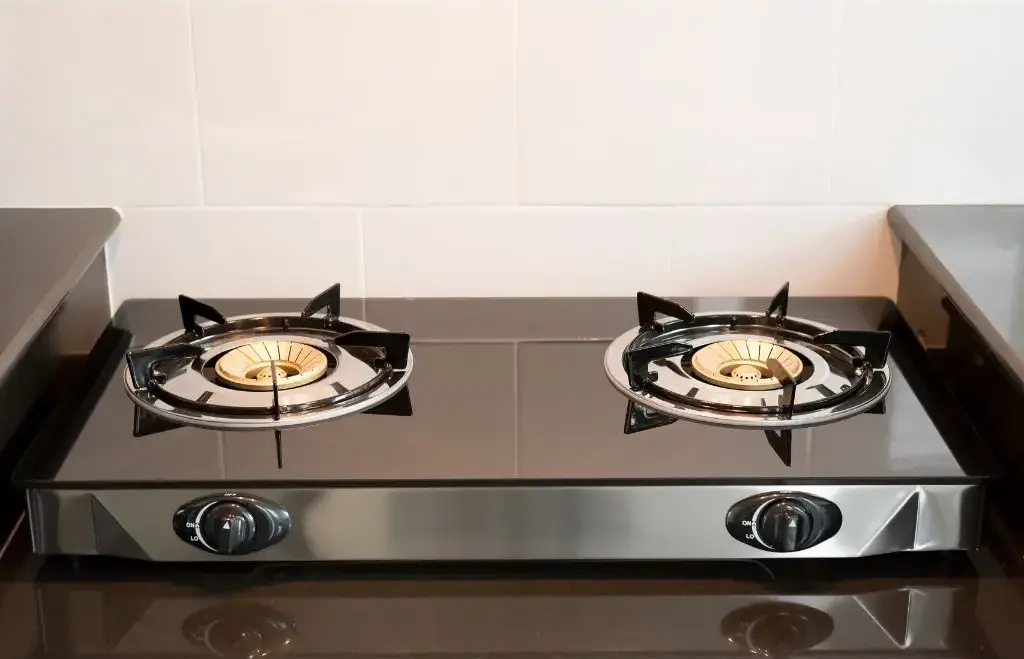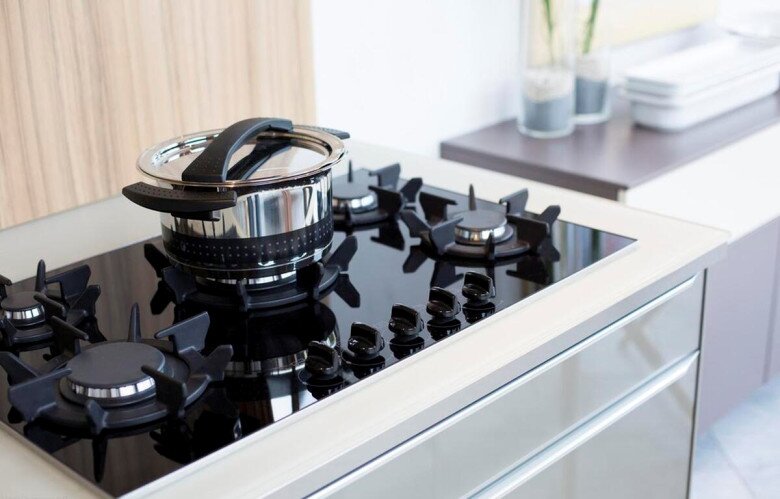
1. Drawbacks of Traditional Gas Stoves
Traditional gas stoves are becoming increasingly outdated due to their prominent shortcomings. Here are the key issues that consumers should be aware of:
– Low Thermal Efficiency:
One of the most notable drawbacks of traditional gas stoves is their low thermal efficiency, reaching only about 40% to 50%. This means a significant amount of energy is wasted. Additionally, the low thermal efficiency leads to longer cooking times and higher gas consumption.
– Safety Hazards:
Traditional gas stoves lack modern safety protection mechanisms, which can lead to gas leaks. If not detected and addressed promptly, gas leaks can cause fires or even explosions, resulting in severe damage to property and life.

– Challenges in Cooking:
Traditional gas stoves do not allow for precise and flexible flame adjustment, failing to meet the diverse needs of various dishes. For instance, when frying fish, a low flame is required to prevent the skin from breaking, but traditional gas stoves often struggle to maintain a stable low flame.
On the other hand, when a high flame is needed for quick stir-frying, the stove may not provide sufficient heat, compromising the quality of the dish. Moreover, the stove’s surface design is inconvenient, with limited space for cooking maneuvers.
2. Popular Alternative to Traditional Gas Stoves
Recently, infrared gas stoves have become a more popular choice than ever before. With their modern design, infrared gas stoves offer not only aesthetic appeal but also energy efficiency and environmental friendliness.

Infrared gas stoves operate by burning gas to create a flame that heats the infrared burners, which then emit infrared energy for cooking. This type of stove offers the following three advantages:
– Energy Efficiency and Cost Savings:
Infrared gas stoves utilize infrared burning technology, which enables complete combustion and higher energy efficiency. Compared to traditional gas stoves, infrared stoves can significantly reduce gas consumption and energy usage, contributing to environmental protection.
Research indicates that the thermal efficiency of infrared gas stoves can exceed 65%, while conventional gas stoves typically reach only about 55%. This means that using infrared gas stoves not only saves gas but also reduces energy consumption.

– Precise Flame Control, Easier Cooking:
Infrared gas stoves offer precise flame adjustment, providing a convenient and efficient cooking experience. The flame of an infrared stove is not only consistent but also stable, allowing users to easily control the temperature during cooking.
Whether it’s simmering a nutritious soup on low heat or stir-frying vegetables on high heat, the infrared stove performs exceptionally well. For example, when making chicken soup, the low flame evenly distributes heat, allowing the flavors and nutrients of the chicken to infuse into the broth.
On the other hand, when stir-frying vegetables, the high flame helps retain their freshness and nutrition, resulting in crisp and tasty dishes.

– Safety:
Many consumers are seeking safe and efficient stove options, and infrared gas stoves excel in this regard. With complete combustion, infrared stoves produce fewer toxic gases like carbon monoxide, reducing the risk of poisoning.
Additionally, some models are equipped with automatic protection devices that immediately shut off the gas supply if the flame suddenly goes out, preventing gas leaks and related accidents.
Infrared gas stoves are also known for their ease of cleaning. The stove’s surface is less prone to carbon buildup and is usually designed with a flat surface for quicker and easier wiping. However, the burner design, with its tiny holes, may require more time and effort to clean thoroughly.
The ceramic burner has a relatively short lifespan and may need to be replaced after 3-4 years of use. Furthermore, infrared gas stoves tend to be more expensive than traditional ones.
In conclusion, each type of gas stove has its pros and cons, so it’s essential to consider your needs and priorities carefully before making a purchase to ensure a satisfying cooking experience and the safety of your family.




































